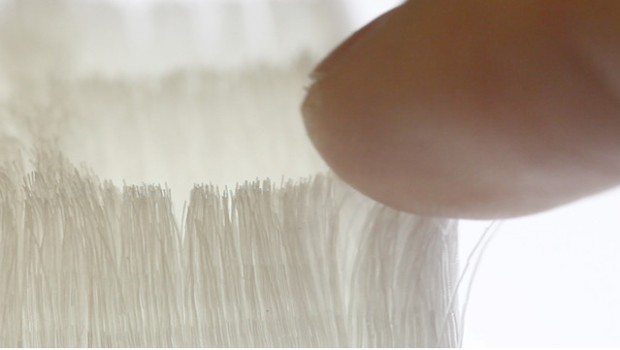Computer aided design records do have a few restrictions and it requires hours of investment and diligent work to produce plans of hair. This is because every strand needs individual attention. Jifei Ou, an MIT graduate understudy in media expressions and sciences expressed that “hair” has dependably been a troublesome range to take a shot at in 3D printing, due to programming issues, as it was a protracted and awkward procedure.
In any case, MIT Media Lab has made a product program called Cillia that creates a large number of hairs with a thickness of 50 microns, on a specific surface. These sliders have different parameters where the length, thickness, and surface of the hair can be balanced, according to necessities, with constant visual representation. The amount of hair and its shape can likewise be redone to create intriguing shapes like twists and spirals.
Henceforth, brush structures in different shapes and sizes can be made utilizing 3d printing stereo lithography. The group tested by making Velcro-cushions, paint brushes, furred toys that light up on stroking them, actuators, and the sky is the limit from there. All these take the insignificant time to outline and make as every strand of hair doesn’t have to be developed independently.
It is being expected that by the time we reach 2019, this industry could make $20 billion.
According to the paper introduced by the Team at the Association for Computing Machinery’s CHI Conference on Human Factors in Computing Systems, it expressed that the creation of the hair-like structures grows skylines in 3D printing innovation as well as gives them the chance to plan actuators and sensors. It further expressed that the 3D printed hair could be utilized as a part of an innovation to plan everyday intuitive articles.
Source: 3dprintingindustry.com
